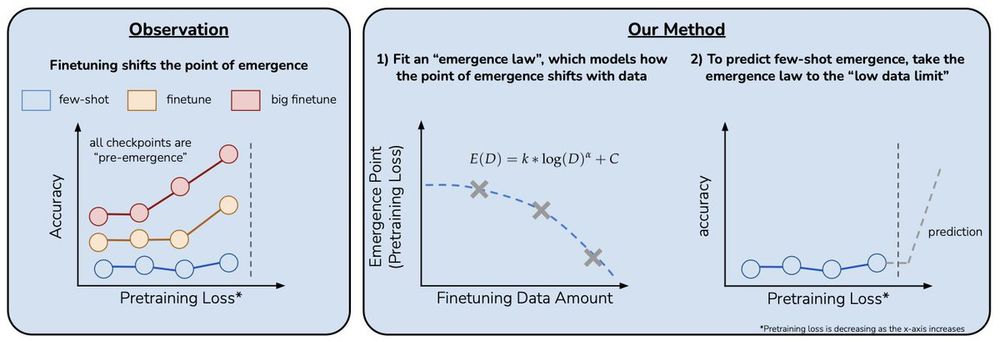Nicholas Lourie @ COLM
@nicholaslourie.bsky.social
240 followers
86 following
10 posts
Better empirical methods for deep learning & NLP. PhD at NYU. Advised by He He and @kyunghyuncho.bsky.social. Prev: @ai2.bsky.social.
I build things. 🤖
Posts
Media
Videos
Starter Packs
Pinned
Reposted by Nicholas Lourie @ COLM









